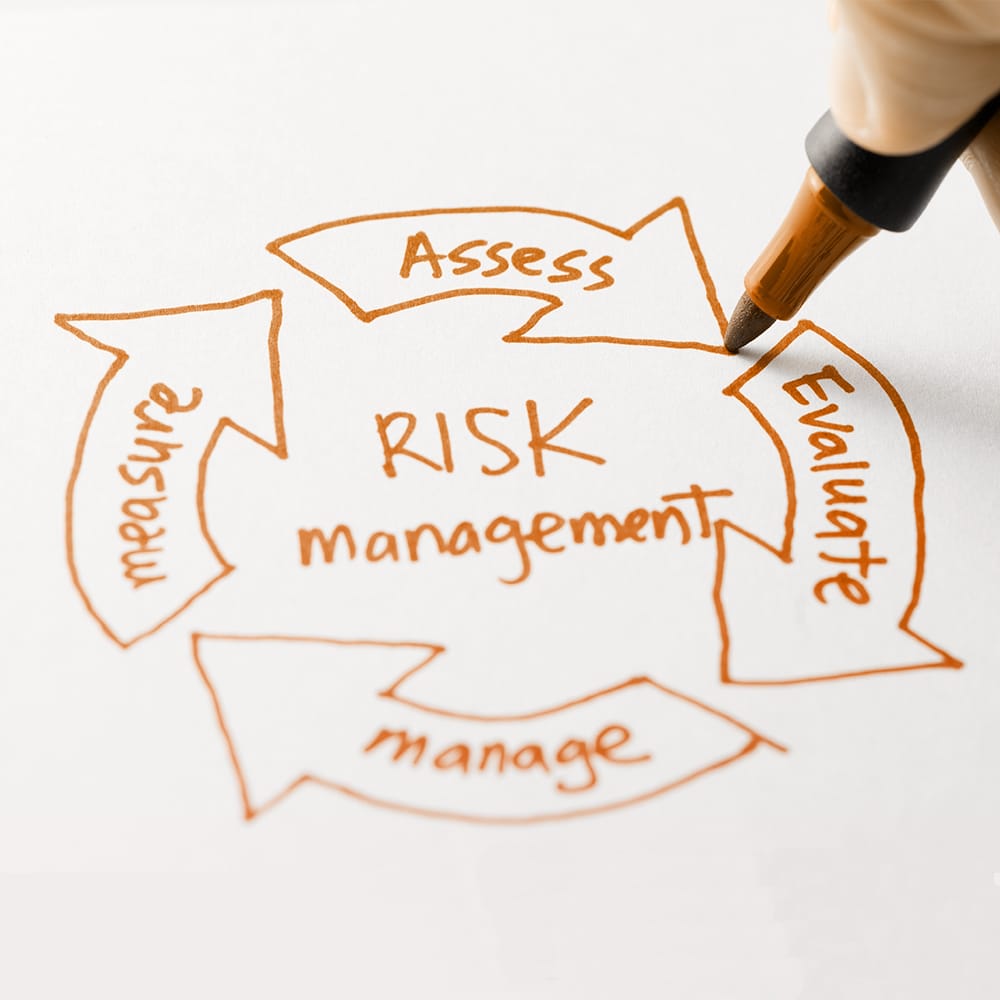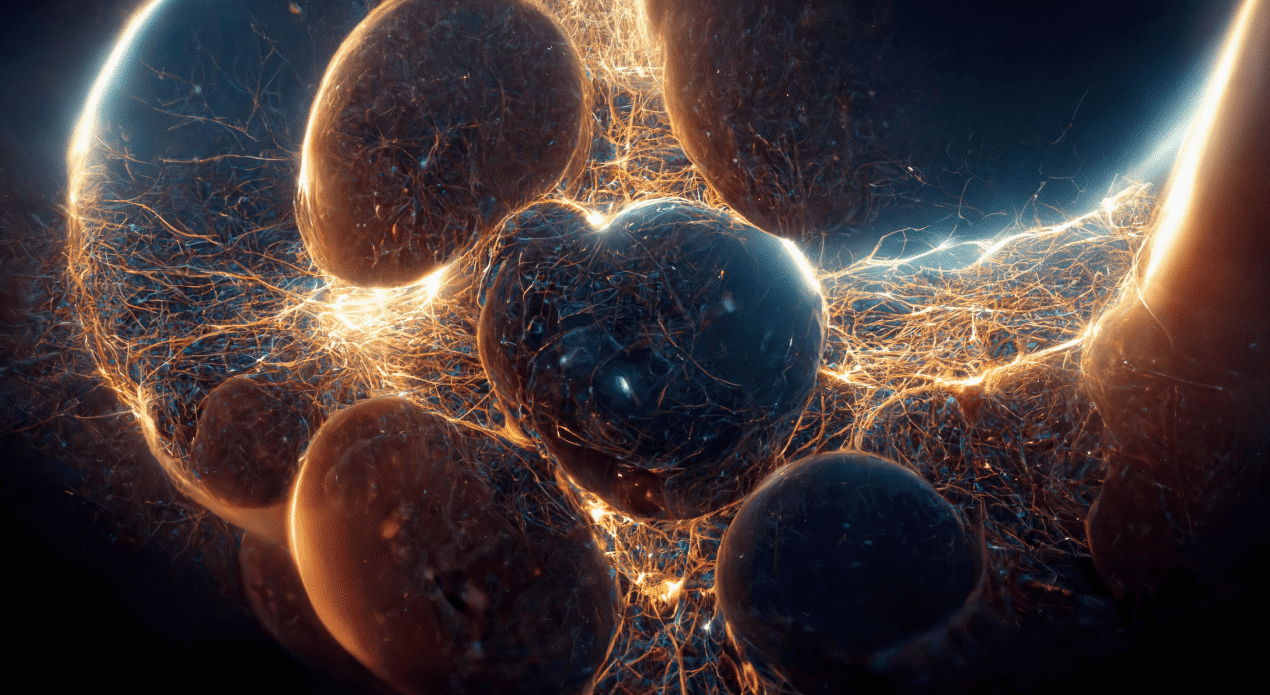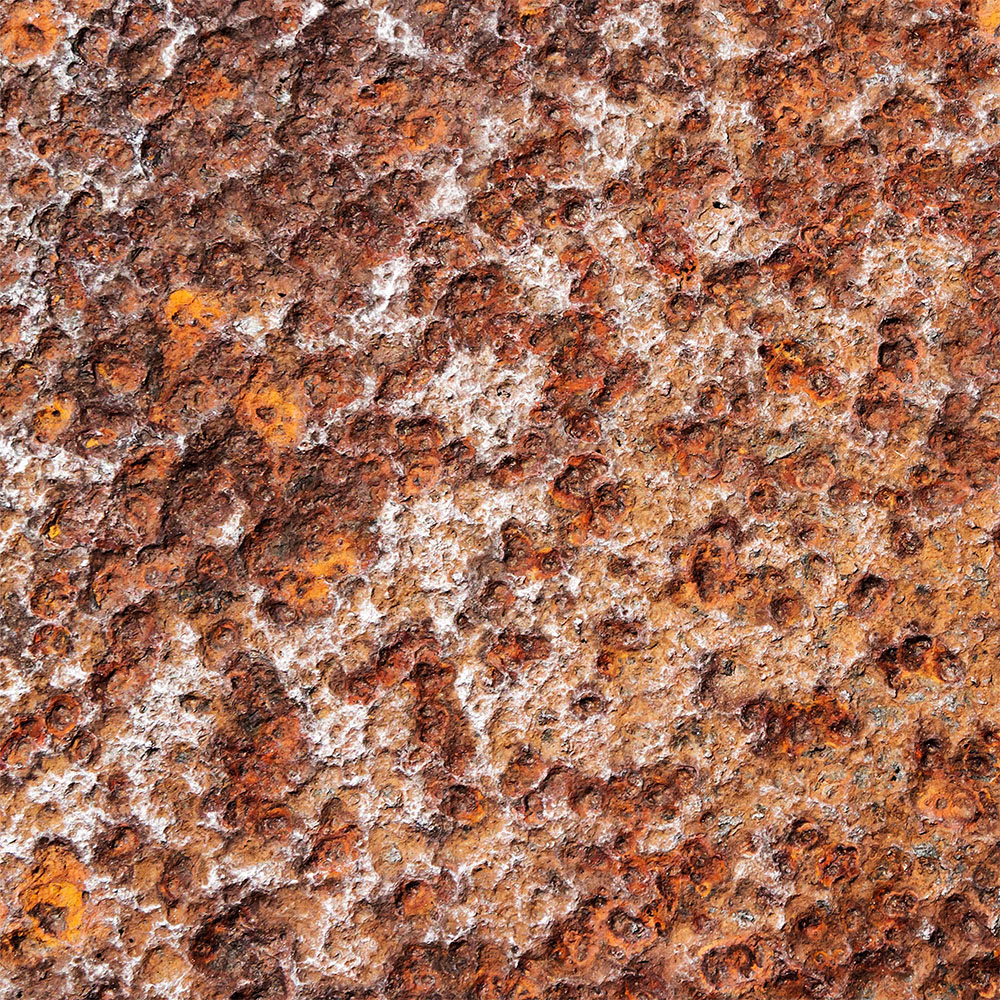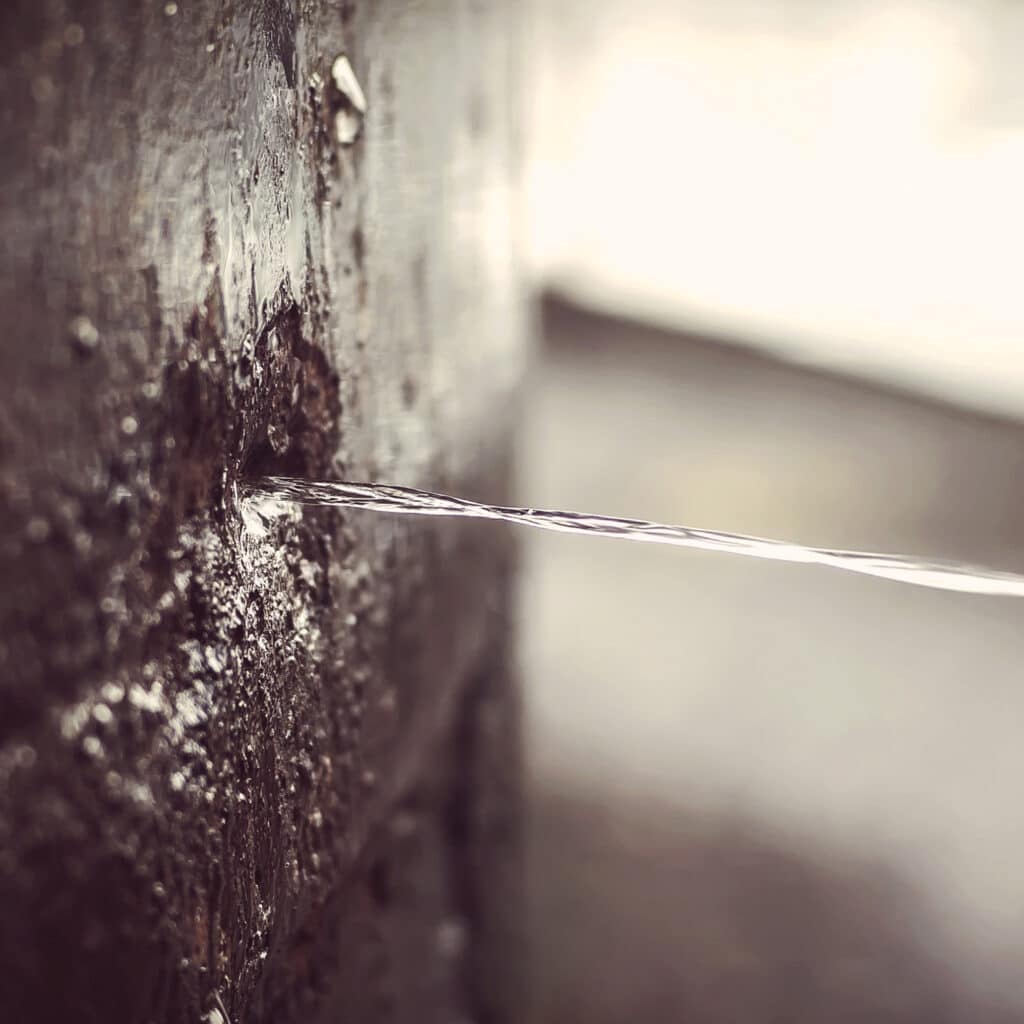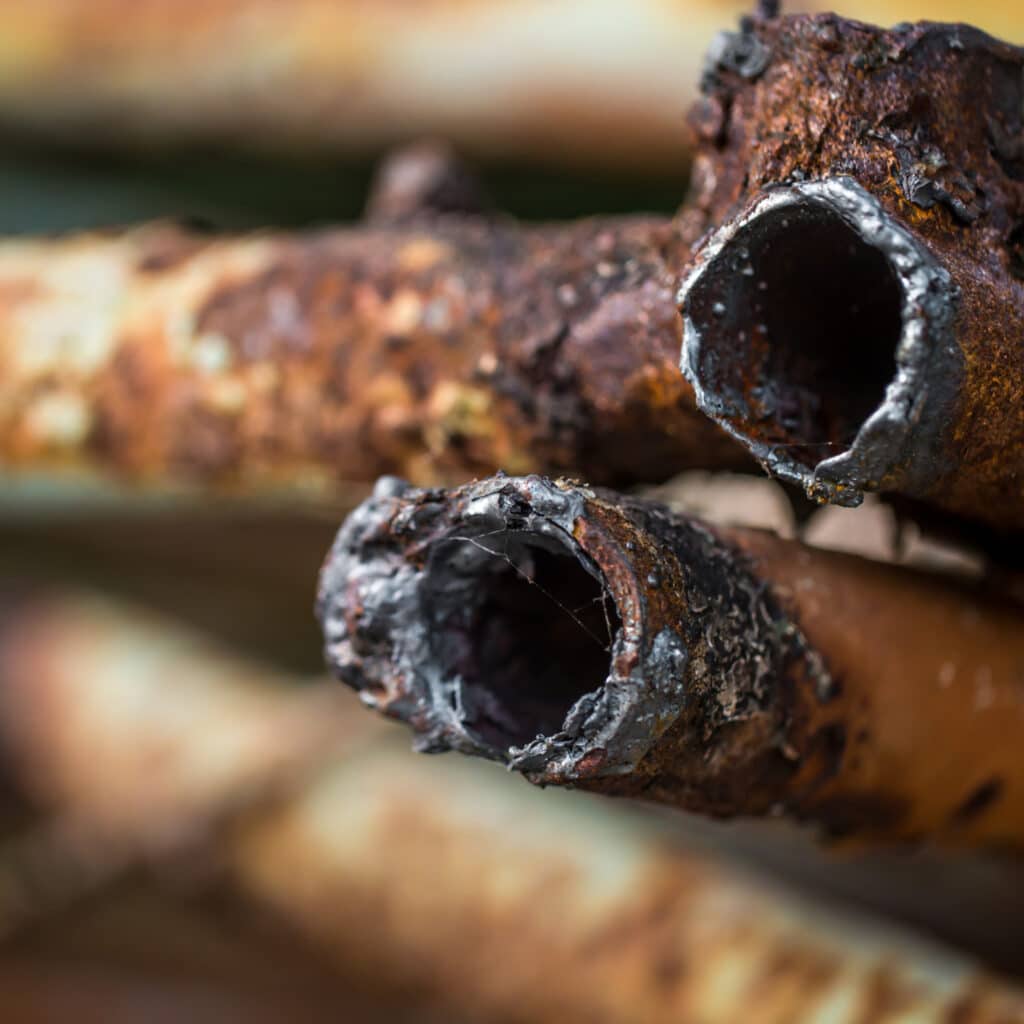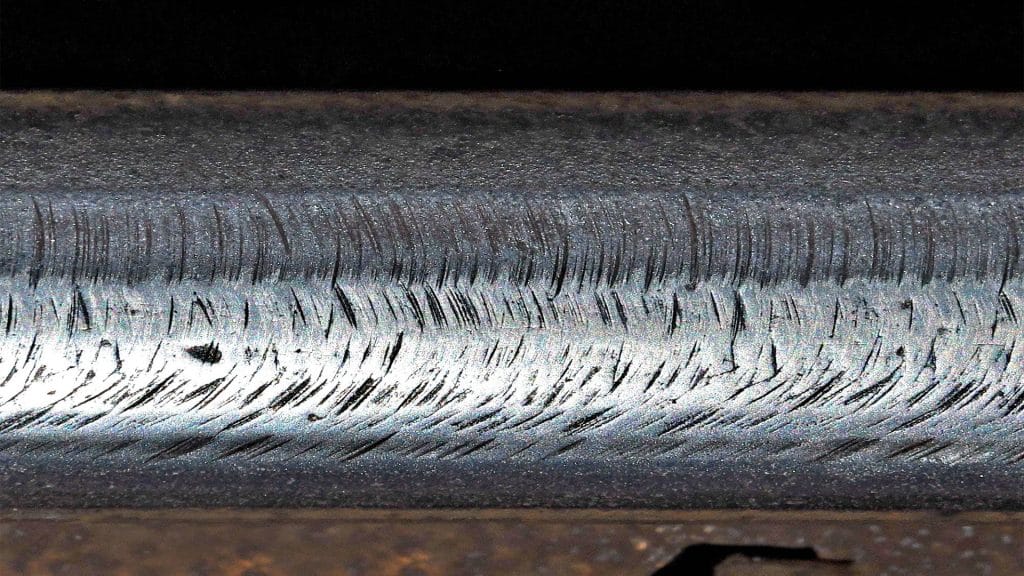Chemical resistance refers to a material’s ability to withstand exposure to corrosive substances without degrading or losing function. This property depends on several key factors:
- Material Composition: Alloys, polymers, and composites vary in resistance based on their chemical makeup. For example, stainless steel resists oxidation due to its chromium content, while high-performance plastics resist solvents through stable resin structures.
- Surface Coatings: Protective layers like Armoloy Thin Dense Chrome (TDC), ceramics, or epoxy coatings form a barrier that shields the base material from corrosive media.
- Polymer Cross-Linking: Highly cross-linked thermosets and elastomers offer excellent chemical resistance by maintaining molecular stability under chemical stress.
- Barrier Properties: Low-porosity surfaces slow chemical diffusion. TDC, for instance, provides exceptional inertness for harsh industrial and food processing environments.
Chemical resistance is critical in applications like medical devices, semiconductors, marine components, and chemical manufacturing — where exposure to aggressive substances can otherwise shorten component lifespan.


